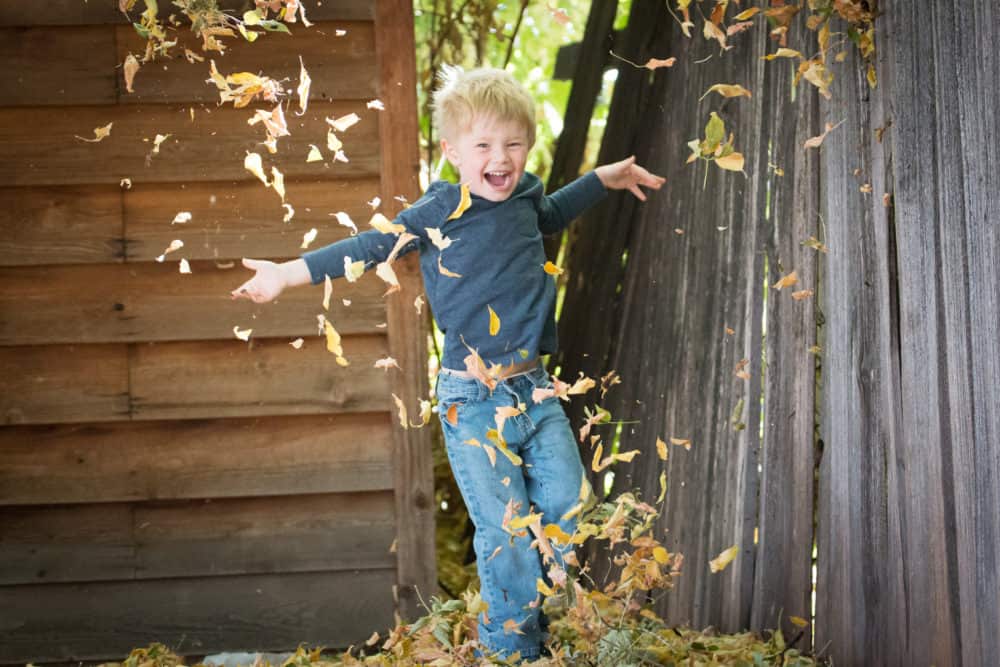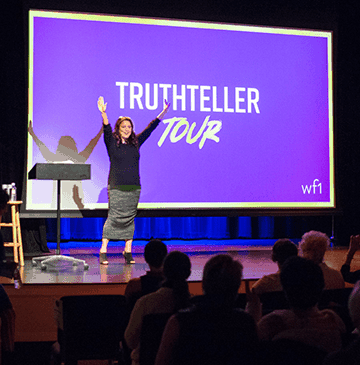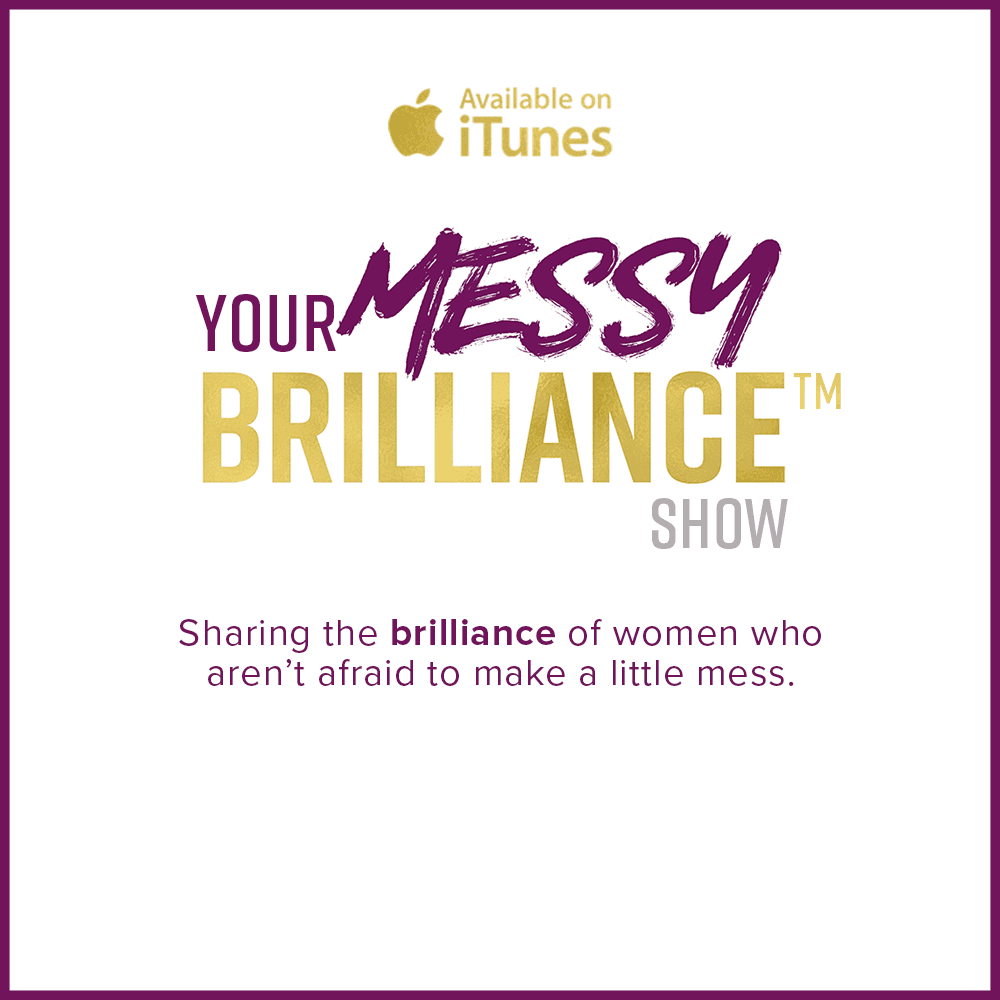
Processing “Normal”
I wrote this piece about my son Chase back in 2011, when he was three years old. He is now a healthy, joyful nine-year-old who continues to flourish. Chase utilizes his physical gifts and combines them with compassion, exemplary sportsmanship, and determination: the same brave and beautiful traits he displayed even as a toddler.
Chase is my second-born (middle) son. He has rebelled against confinement of any sort, even in the womb. On February 15, 2008, Chase was birthed directly into my hands. I vividly recall pulling all 9.4 pounds of him to my chest and looking into his large eyes. He was abnormally alert, with a furrowed brow and an intensely soulful stare. There was no crying from Chase. He held my gaze with determined curiosity. Without fear. Like an old warrior soul.
At two years old, Chase was displaying ingenuity in problem-solving ahead of his years: figuring out how to use his toys to climb up onto a windowsill, unlatch locks, lift the glass, and even pop out screens. One night while I was out, my husband sat down for dinner and saw Chase run across our backyard. It took him half an hour to figure out how our son had actually gotten out of the house.
Chase has an adventurous heart and a determined spirit. And still—to this day—NO FEAR, which, for his entire life thus far has scared the bejeezus out of all of us! At the lake last summer, Chase decided to be the life of the Fourth of July party and—for a laugh—made an impulse decision to run off the dock with all his clothes on. He was drowning before his fully clothed Uncle Dave dove in to pull him up and out of the water. Chase didn’t cry afterwards. He quickly shook it off. It took a few minutes for the adults to calm down, though. In the process, we discussed the positives of the experience—how this would teach him a valuable lesson and healthy fear of the water. As we were nodding in agreement, Chase erupted from behind us in a full-on sprint and belly laughter, “yaaaahoooooo!”, cannonballing into the deep water again.
Teachers and caregivers had expressed concern to me about Chase. Although I recognized that he was obviously developmentally delayed in language, he didn’t fit into any boxes on the autism spectrum. Even though he was known to be “excitable” and “easily sidetracked,” the ADHD possibility never sat right with me. I’ve exhausted many pages of books, as well as countless hours and several late nights in online research, only to throw up my hands in both curiosity and frustration, realizing that Chase is indefinable.
Although he often presses his boundaries and sometimes defies authority, this wild abandonment and sincere innocence make it very hard for adults to come down on him. He does not disobey out of anger or malevolence. It is obvious that his spirit is zestfully unbridled. Looking up at you in genuine confusion about the “rules,” his large doe eyes benevolently sparkle under a thick mantle of long black lashes. Since day one, it’s always been through his eyes that he somehow manages to steadily expose his heart and soul.
All things considered, it got to the point that—despite his innocence and fun-loving nature—I feared for Chase’s safety and sought professional advice for his often-scary impulsivity. Chase began working with a warm and enthusiastic therapist, and after a few weeks of evaluation and therapy, she gave us a diagnosis.
I’ve known from about the time he was ten months old that my little Chasey-man was a square peg in a round hole. Growing up as a square peg myself, I get it. I’m very familiar with round holes and how our society misguidedly attempts to neatly place every child into one. Never at any point in history have there been so many labels for our kids, and never at any point in history have there been so many children being born that don’t fit into any of our neat categories. We just can’t keep up with generating all these new labels at a fast-enough pace. So many kids are now defying “normal.”
Off the bat, I struggled to process his diagnosis. I sat with my husband Will that night, going back and forth, incessantly chattering with worry and fear: “How is this going to affect Chase in school?…Among his peers?…OMG, what about his self-confidence!?!?…I just can’t stand the thought of witnessing the destruction of his vibrant spirit!…Okay, on one hand, I get it—yes, processing and addressing the labels ARE important because Chase has to go to school, be able to learn, and be a part of these systems. On the other hand, labels are for cans. CANS, WILL! Not Chase! And on a third hand…Who am I to use my hands intelligently, anyway?!?!…(sigh) I still use them to determine which way is left and right…”
Blow by blow, pounding myself into an emotional pulp, I couldn’t help but imagine all the worst-case scenarios of what these diagnoses and labels could mean for my son. I saw myself as unequipped to handle any dark roads this might lead us down. As he often does, Will finally interjected a gentle reminder: “Just breeeeeathe…”
I did. As my eyes welled with tears, I inhaled. On my exhale, I imagined all the frustration, fear and sadness, and negative projections exiled from my being. They felt heavy and dense. I silently prayed to find my center and see this situation through the eyes of LOVE. It wasn’t long before I gained some clarity. I made a shift from mind logic to heart logic.
With the diagnosis of “Sensory Integration Disorder,” Chase was identified as “hypo-sensitive.” That means he needs greater amounts of sensory input to process his surroundings. He can’t rely on his language to express himself either, yet. So, the “problems” are that his patience expires a little quicker, he’s easily distracted and hard to redirect, and the urge for fuller sensory experiences takes precedence over his logic. His weaknesses are processing and judgment.
What wasn’t addressed in the evaluation were his strengths and the beautiful silver linings. It took this “diagnosis” for me to see that Chase isn’t flawed. In fact, he may actually be gifted. He was born leading with his heart, not his mind. Due to Chase’s craving to REALLY FEEL, he loves deeper, imagines greater, laughs louder, and hugs much tighter than most “normal” kids. People tell me all the time that Chase is joy personified. He just lights up a room with his enthusiastic love for others and his lust for life. He seeks full sensory absorption of every experience, regardless of how routine. He is the only person I know who lives every moment of life to its fullest potential.
And, no. Unfortunately, this is not “normal.”
I felt an overwhelming rush of gratitude, empowerment, and pride when I began to SEE Chase through the eyes of his Creator. Suddenly it all made more sense why Chase chose me: I’ve spent most of my adult life trying to bust out of the boxes that formal education, doctrine, and societal opinions have confined my spirit within. Frankly, I’m done with “normal”! My intolerances more than prove we are perfectly appointed to each other. Because I will enrich what makes Chase Chase. I will ensure he flourishes in and shares his inherent, entrusted gifts. He brought a bright torch into this world, and I will see to it that it stays lit.
Perhaps, in these times, we should be honoring that which is birthed anew. Exploring this new generation—all these special kids who are defying normal—with a sense of wonder.
It seems to be one of the biggest challenge for most “normal” folks to lead life from their heart centers: to open their hearts without restraint and learn to live and love with less fear. In today’s world, for most of us, it takes discipline and development to not only understand that the ego is separate from the spirit, but TO LIVE in daily acknowledgement of that divide, and to make a practice out of honoring the heart over the mind.
Recently, I began pondering: What if it didn’t take work? What if we could be born, pre-wired, to live predominantly from the heart, instead of from the mind? What would learning look like? I imagine that it would look foreign. And different. By no means would it be interpreted as “normal.”
I would imagine it to look a lot like Chase.
And I am here to learn.











3 comments to "Processing “Normal”"